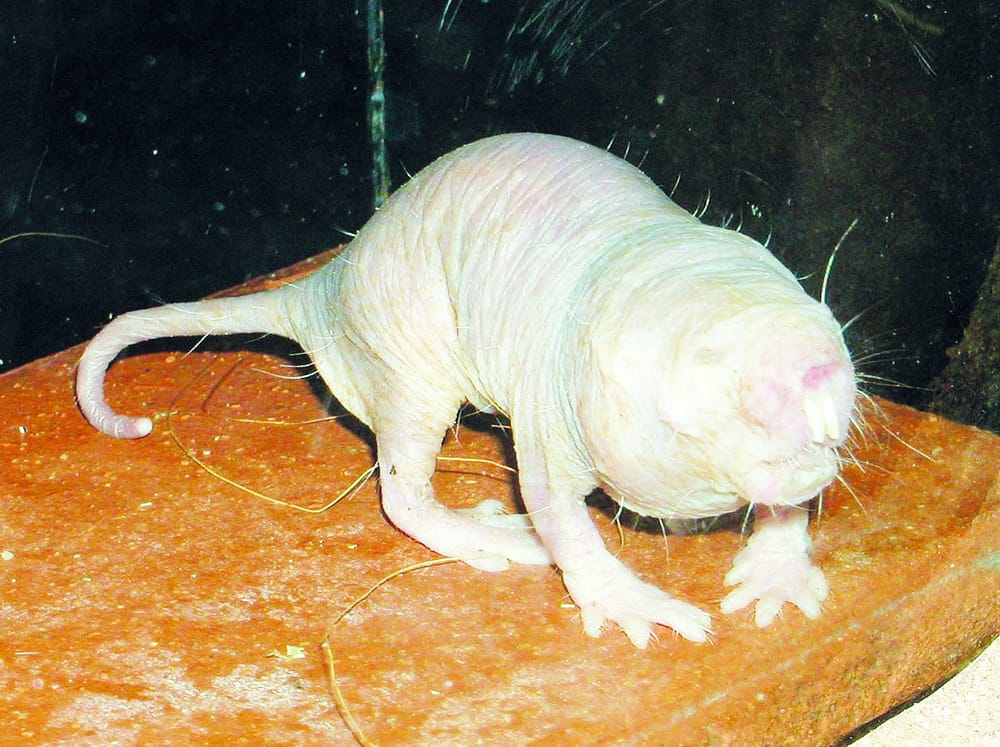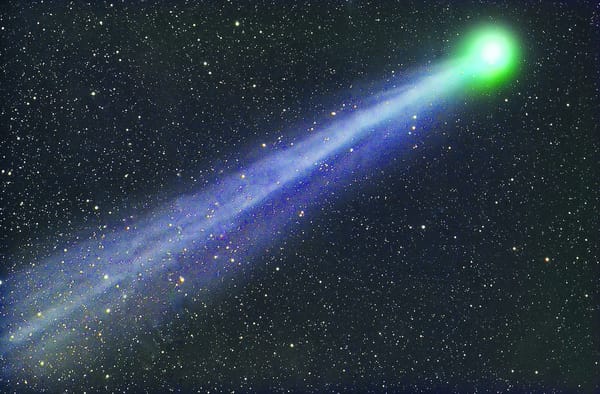Conservation in aid of cancer research
Cutting corners in conservation may cost us the cure

Cancer is one of the scourges of humanity.
Two trillion cell divisions take place in the average human body every day. Every time a cell divides, roughly three billion genetic base pairs distributed throughout 23 chromosomes need to be copied, and sometimes our bodies get it wrong. Usually, these poor copies are automatically destroyed by the body, but from time to time, a mutated cell slips through and continues to divide. If this goes unchecked, a benign tumour may form. If that tumour begins to spread to other tissues, it is known as malignant, and this is cancer.
While scientists have developed treatments for various cancers, mortality rates still remain high, at around one in five. Because cancer is caused by abnormal cell division, the more cells a person has, the more likely they are to get cancer. Taller people, for example, are at higher risk than shorter people.
So what about huge animals, like whales? Animals get cancer in much the same way humans do, and whales are no exception. However, cancer in whales very rarely spreads. At the other end of the spectrum, tiny animals with short life spans, like mice, are cancer prone.
This lack of correlation is called Peto’s paradox. Larger animals seem to have evolved mechanisms for effectively combating cancer; essential to ensuring their survival. Consequently, whales may hold a key to learning how to beat cancer. Researchers are looking at this seriously. But, as many aspects of nature, one unlikely animal so spectacularly violates Peto’s paradox that a cure for cancer may be held in its genetics.
The naked mole rat is sufficiently ugly to be featured in The Ugly Animals: We can’t all be Pandas by Simon Watt, published by the Ugly Animal Preservation Society. But the naked mole rat is far more than meets the eye. One mole rat can live for up to 30 years without ever getting cancer. A 2013 study in Nature found that naked mole rats produce a gloopy, sugar-rich substance called hyaluronan. This forms a kind of seal around cells, preventing the runaway cell division that causes cancer. The same chemical is produced by humans, but not in high quantities, and the naked mole rat’s version is also a longer chained form.
Hyaluronan is already used as a cancer treatment. Researchers are now looking to use the naked mole rat’s version to find out if it is more effective. They may find that it is ineffective: that it fails to have the same effect in humans as it does in the naked mole rat. Many clinical tests that are effective in animal test subjects fail to have any effect in humans, due to differences in our genetics. However, there’s a chance that it could substantially improve survival rates of cancer in humans, especially when combined with other, more widespread treatments.
Unfortunately for species like the mole rat, some scientists have posited that the earth is on the brink of a sixth mass extinction event. Climate change, loss of habitat, and various other factors have made conservation ever more challenging and ever-more crucial. This week, UN officials have announced that plans to tackle climate change are not enough to keep the global temperature increase below the 2oC danger threshold. Later this month, UN nations will meet in Paris to discuss plans to tackle climate change.
The effects of climate change and habitat loss are showing already in the UK. Four UK bird species, including the puffin, are now at serious risk of extinction. Eight British species are on the International Union for the Conservation of Nature’s Red List of threatened species, and a further 14 species considered to be ‘near-threatened’.
Why does this matter?
For Simon Watt at the Ugly Animal Preservation Society, the ‘pretty’ animals like pandas get all the attention, and all the money. We bias our conservation towards pandas, tigers and elephants, while the naked mole rat, blobfish and assorted other ugly animals are neglected.
Some of these animals, like the naked mole rat, could hold important secrets. By letting them go extinct, we could be losing valuable, irrecoverable information. While the naked mole rat’s population is healthy, it’s clear that we need to work to be indiscriminate in our efforts to conserve life on earth. One day, we may find ourselves indebted to the naked mole rat.









